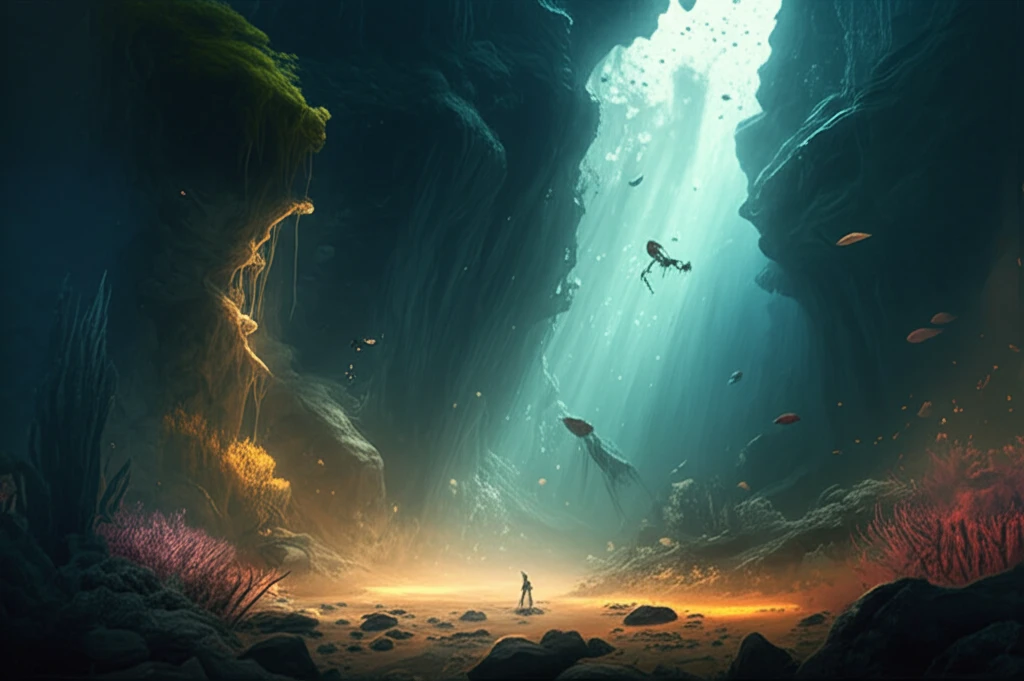
Unlocking the Ocean's Secrets: How Nepheloid Layers Shape Our World
"Dive into the murky depths and discover how these underwater particle clouds influence everything from marine life to global climate patterns"
Imagine diving into the deep ocean, where sunlight fades and the water grows increasingly dark. Instead of pristine clarity, you encounter a hazy zone, a cloud of suspended particles blurring your vision. This isn't pollution; it's a natural phenomenon called a nepheloid layer. These layers are characterized by a significant increase in light scattering and attenuation due to a higher concentration of particulate matter.
Nepheloid layers come in different forms. Bottom nepheloid layers (BNLs) hug the ocean floor, while intermediate nepheloid layers (INLs) drift at various depths, often along continental margins. Surface nepheloid layers (SNLs) are near the surface, and this is not discussed here.
The presence of these particles isn't just about murky water; it's a sign of active processes at play. These layers are crucial for understanding how materials are transported, how chemicals are distributed, and how marine life thrives in the deep ocean. Scientists use optical techniques, like nephelometers and transmissometers, to study these layers and decipher their secrets.
What are Nepheloid Layers?

Nepheloid layers are essentially underwater clouds of suspended sediment and organic matter. They significantly increase light scattering and reduce visibility in the water column. Think of them as the ocean's way of creating a constantly shifting, dynamic landscape. Their importance stems from the multitude of roles they play in oceanographic processes.
- GEOSECS: Records 32% of total scattering.
- Lamont Nephelometer: Records about 16% of total scattering.
- WET Labs LSS (Light Scattering Sensor): Uses infrared light (880 nm) back-scattered (180°) from particles.
The Ongoing Story of the Deep
Nepheloid layers are more than just murky water; they're windows into the complex workings of our oceans. By studying these layers, we can gain a deeper understanding of sediment transport, chemical cycling, and the delicate balance of life in the deep sea. These layers show the interactions of physical and chemical oceanic processes. There is still more to learn.
